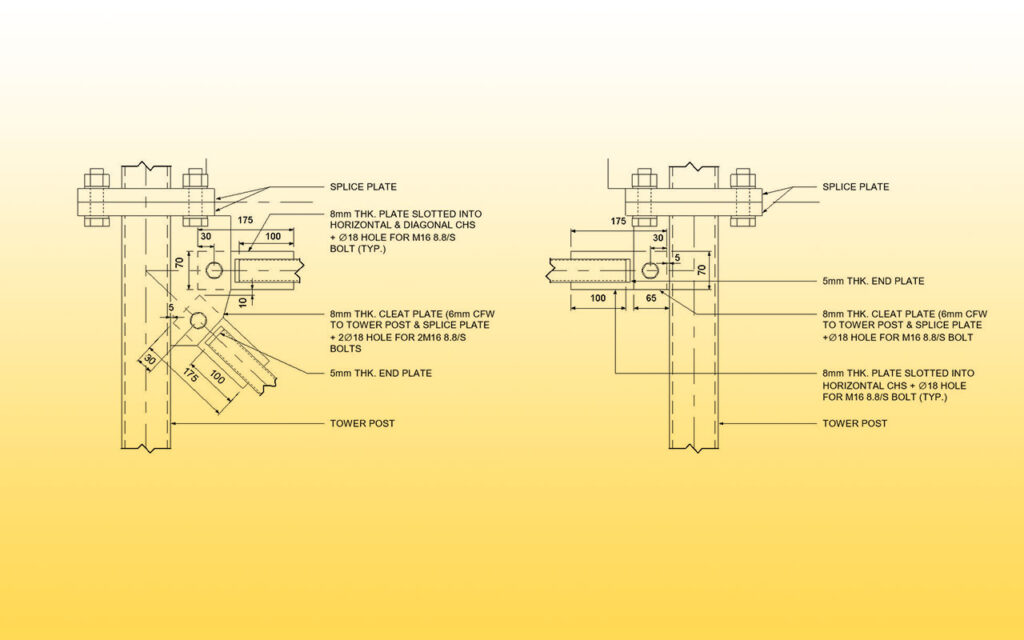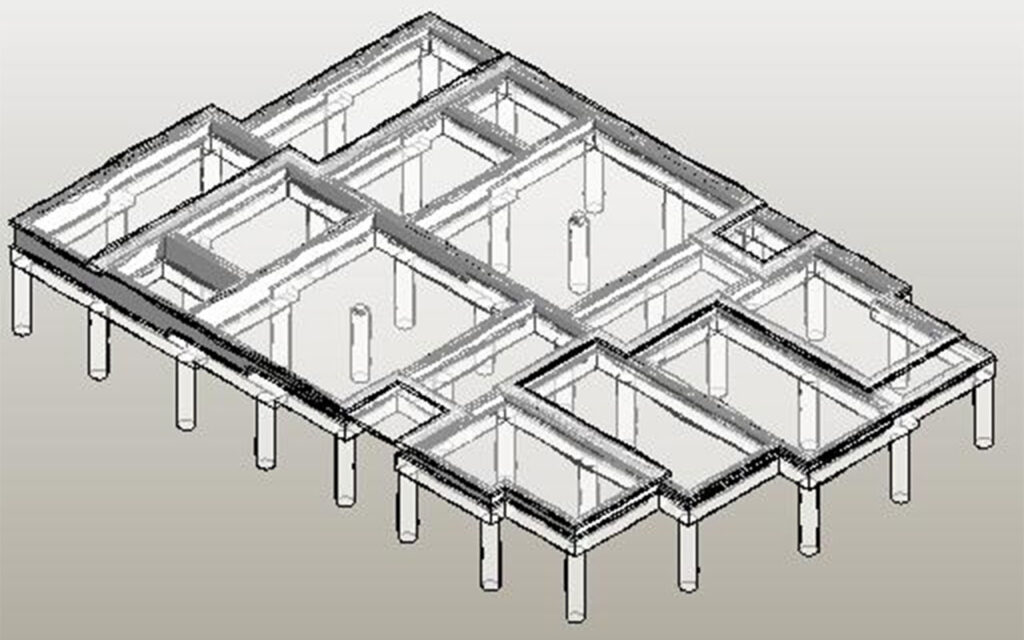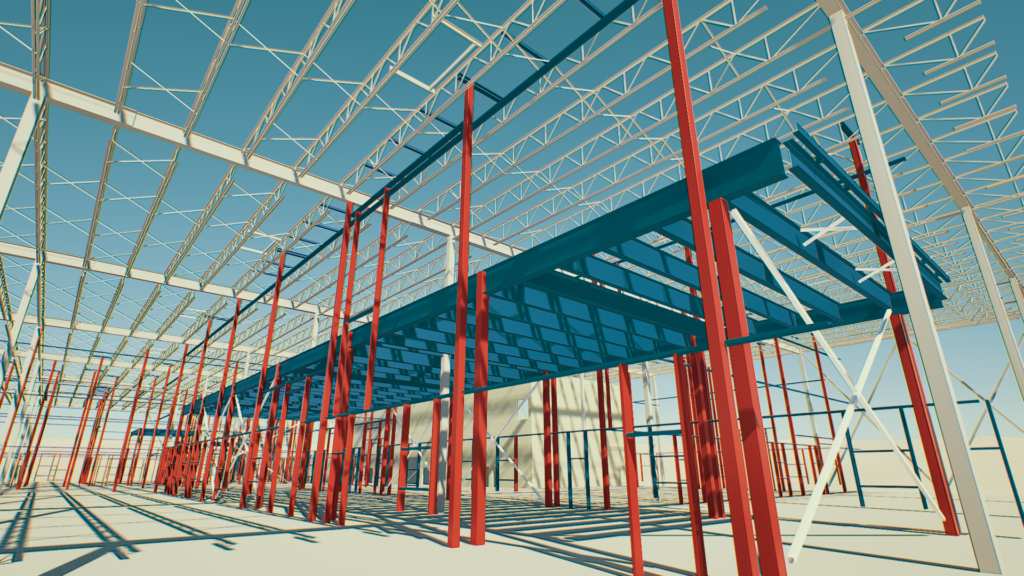Structural design determines the type of structure that is suitable for a particular purpose, the materials to be used, the loads and other actions that the structure must sustain, and the arrangement, layout and dimensions of its various components.
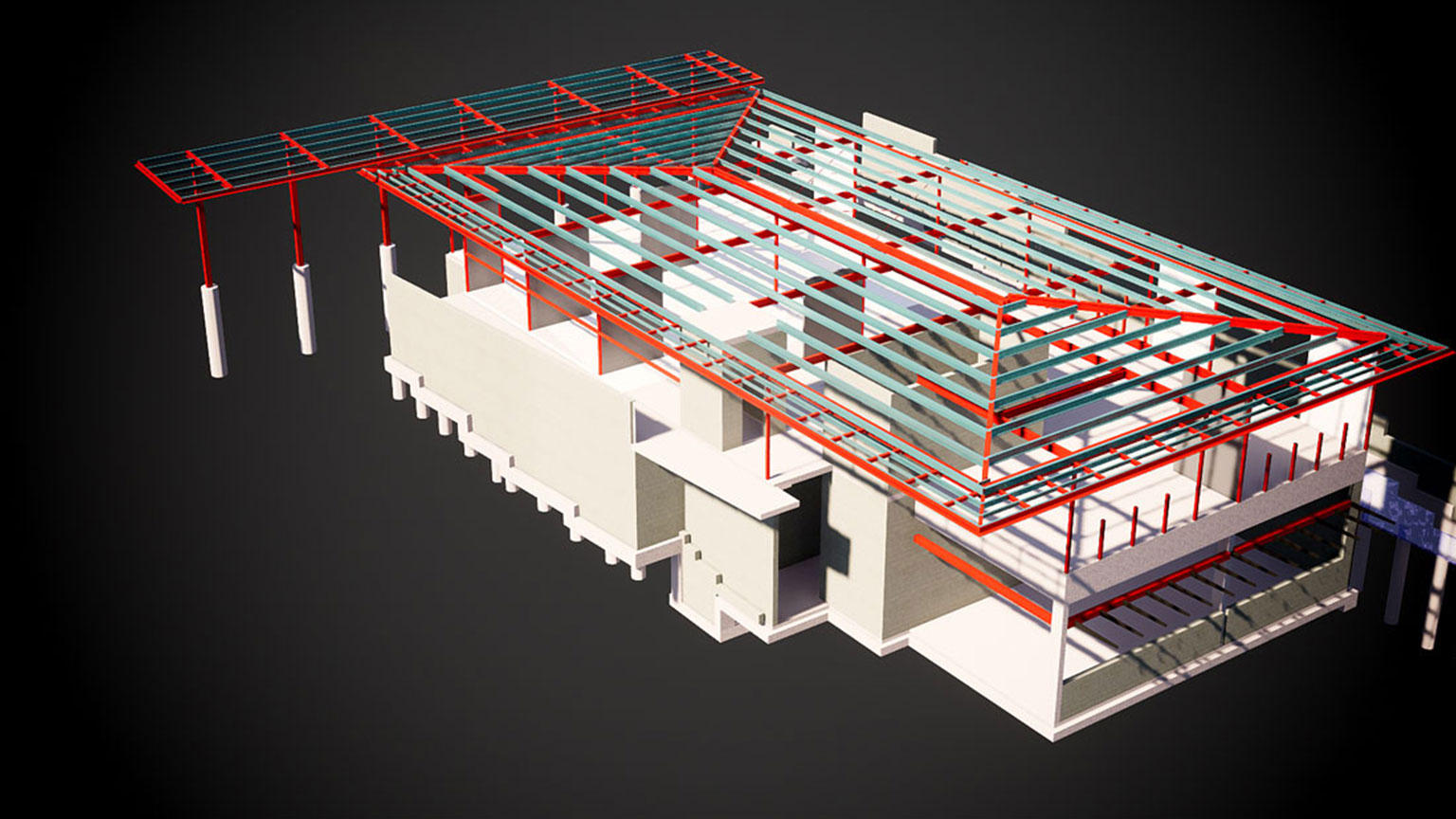
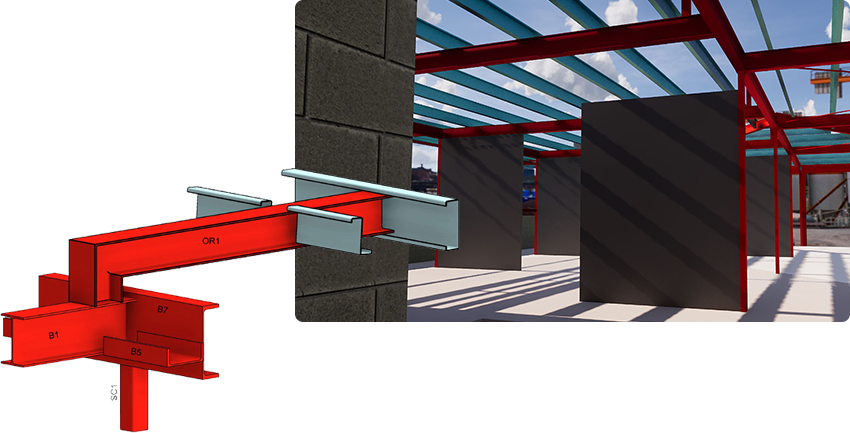
Building Information Modeling (BIM) has moved the structural engineering industry to a time where changes and improvements have become constant. Structural engineers are continually adapting and improving, and the development plateau is nowhere in sight. The first big step was to adopt a three-dimensional (3D) software, such as Revit or Tekla. Switching software was a huge jump, and some structural engineers are still figuring out how to operate within that new tool. Throughout the industry there are varying BIM workflows – multi-disciplinary coordination in 3D is common, clash detection and construction sequencing also occur, and even some fully connected models are being created and offered as a construction deliverable.
Expert Structural Engineering & BIM Services
Innovative, efficient, and precise solutions for your structural projects.
Our Structural Engineering Services
- Comprehensive structural analysis & design
- Revit BIM modeling & drafting
- Steel, concrete, and timber structure detailing
- Construction documentation & coordination
- Structural consulting & optimization
Why Choose Maratus Group?
With years of experience in structural engineering and BIM technology, we deliver accurate, efficient, and cost-effective solutions tailored to your project needs.
Industries We Serve
- Commercial & Residential Buildings
- Industrial Facilities
- Infrastructure & Transportation
- Telecommunications Structures
Contact Us
Let’s discuss how we can support your next structural project. Get in touch today!

